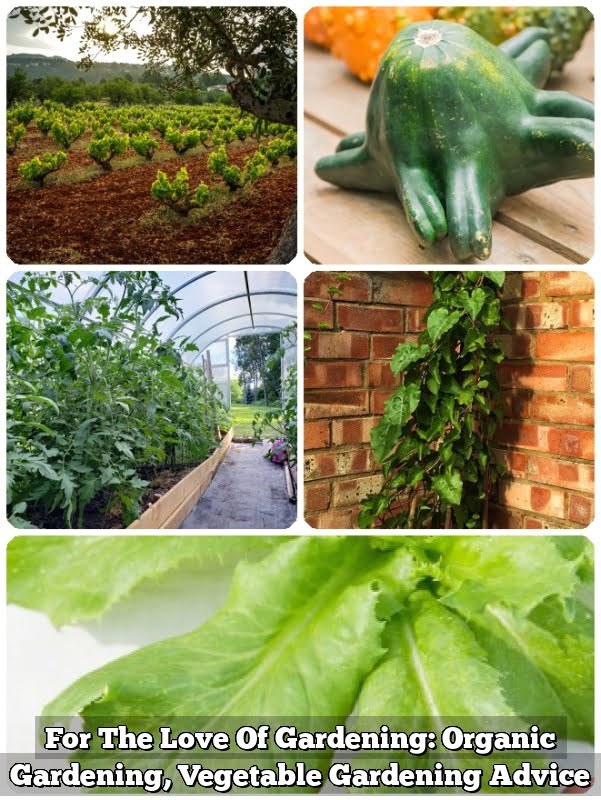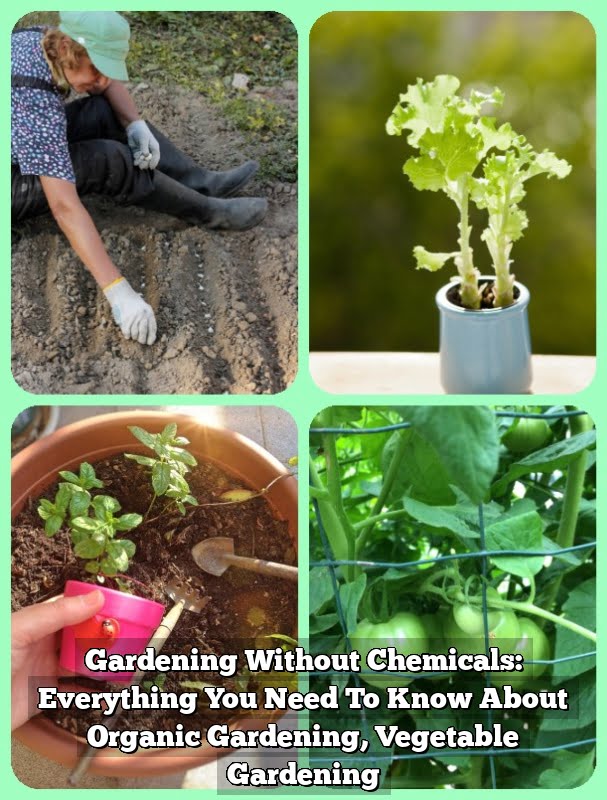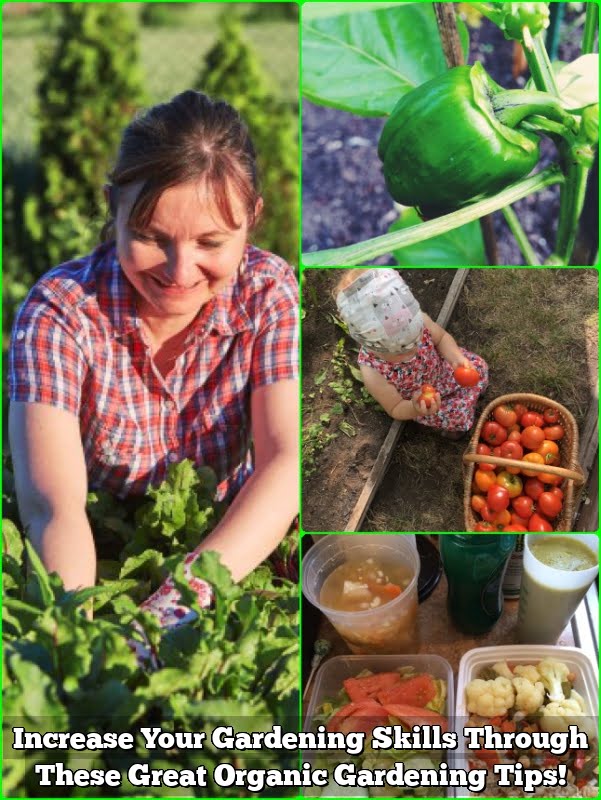Italy has a rich tradition of vegetable gardening, dating back centuries. The practice of growing vegetables in home gardens and small plots of land is deeply ingrained in the country’s culture, making it an integral part of daily life for many Italians. In this article, we will explore the history, techniques, and significance of vegetable gardening in Italy, as well as provide tips for success in this rewarding endeavor.
Vegetable gardening in Italy is not just a hobby or a source of fresh produce; it is a way of life. From the fertile plains of Tuscany to the sun-drenched hillsides of Sicily, Italians have been cultivating their own vegetables for generations. The country’s diverse climate and rich soil make it an ideal setting for growing a wide variety of vegetables, making it a popular and beloved pastime throughout the nation.
In this section, we will delve into the history of vegetable gardening in Italy and examine the traditional techniques that have been passed down through the ages. We will also discuss the ideal vegetables to grow in the Italian climate and explore the importance of organic gardening practices in this agricultural paradise. Whether you are a seasoned gardener or new to this age-old tradition, there is much to learn and appreciate about vegetable gardening in Italy.
History of Vegetable Gardening in Italy
The rich history of vegetable gardening in Italy dates back to ancient times, with the Romans being credited for their innovative agricultural techniques. This period saw the development of elaborate irrigation systems and the introduction of new plant species from conquered territories, greatly influencing the diversity of vegetables cultivated in Italy. The tradition of vegetable gardening has been passed down through generations, with each region adapting its own unique methods and cultivating a wide array of produce.
Medieval Monastic Gardens
During the Middle Ages, monasteries played a significant role in the preservation and propagation of vegetable gardening knowledge. Monastic gardens served as centers for horticultural experimentation and research, leading to the cultivation of new vegetables that are still popular today. The Benedictine monks are particularly noted for their contributions to Italian vegetable gardening, establishing gardens that incorporated both practicality and aesthetic beauty.
Renaissance Gardens
The Renaissance period marked a turning point for vegetable gardening in Italy, with a renewed interest in horticulture and an emphasis on garden design. Wealthy aristocrats commissioned elaborate garden estates that featured meticulously manicured vegetable plots alongside ornamental elements. These gardens served as a display of wealth and status while also contributing to the availability of fresh produce.
The historical significance of vegetable gardening in Italy is deeply rooted in the country’s cultural heritage, shaping not only its cuisine but also its landscape and traditions. Today, this tradition continues to thrive as Italians uphold their deep connection to the land and prioritize sustainable practices that honor their agricultural legacy.
Ideal Vegetables to Grow in Italian Climate
The Mediterranean climate of Italy makes it an ideal place for vegetable gardening. With its warm, sunny summers and mild, wet winters, the country provides the perfect conditions for a wide variety of vegetables to thrive. From tomatoes and peppers to zucchini and eggplant, there are plenty of options for home gardeners to choose from when deciding what to grow in their Italian vegetable gardens.
One of the most popular vegetables to grow in Italy is the San Marzano tomato. Known for its sweet flavor and low acidity, this plum tomato is a staple ingredient in many Italian dishes, particularly in sauces and pasta dishes.
Another favorite among Italian gardeners is the zucchini, which grows abundantly in the warm climate and is used in a multitude of dishes, such as fried zucchini flowers or zucchini fritters. Additionally, leafy greens like arugula and radicchio are also commonly grown due to their ability to withstand the heat of the Italian summer.
In addition to these vegetables, herbs like basil, oregano, and rosemary thrive in the Italian climate and are essential additions to any vegetable garden. These versatile herbs not only add flavor to dishes but also act as natural pest deterrents when planted alongside vegetables. Overall, using traditional Italian vegetable gardening techniques can help home gardeners successfully cultivate an array of vegetables that flourish in Italy’s unique climate.
Traditional Italian Vegetable Gardening Techniques
When it comes to vegetable gardening in Italy, traditional techniques have been passed down through generations, contributing to the country’s rich agricultural history. Here are some of the most common traditional Italian vegetable gardening techniques:
1. Interplanting: In Italy, it is common practice to interplant different types of vegetables within the same area. This method not only maximizes space but also enhances crop diversity, which can help prevent the spread of pests and diseases. For example, tomatoes are often interplanted with basil for natural pest control and to enhance flavor.
2. Crop Rotation: Italian gardeners understand the importance of rotating crops to maintain soil fertility and prevent the depletion of nutrients. By rotating where different crops are planted each season, they can effectively manage soil health and reduce the risk of disease in their vegetable gardens.
3. Raised Bed Gardening: Many Italian gardeners prefer to use raised beds for their vegetable gardens, especially in areas with heavy clay soil or poor drainage. Raised beds allow for better control over soil composition, moisture levels, and temperature, leading to healthier and more productive plants.
By embracing these traditional Italian vegetable gardening techniques, gardeners can experience greater success in their efforts to grow a variety of vegetables in the country’s diverse climates and landscapes.
Importance of Organic Vegetable Gardening in Italy
Organic vegetable gardening in Italy has a rich tradition and is of great importance to the country. Italians have long valued the quality and taste of fresh, organic produce, making it a central part of their culinary culture. There are several reasons why organic vegetable gardening is so important in Italy, including its impact on health, the environment, and the economy.
Firstly, organic vegetable gardening in Italy promotes better health for both individuals and the planet. By avoiding the use of synthetic pesticides and fertilizers, organic vegetables are not only healthier to consume but also contribute to less pollution and soil degradation. This aligns with the Italian philosophy of prioritizing quality over quantity when it comes to food.
Secondly, organic vegetable gardening plays a crucial role in preserving traditional agricultural practices in Italy. Many regions have embraced sustainable farming methods for centuries, passing down techniques from generation to generation. By supporting organic vegetable gardening, Italians continue to uphold these cultural traditions and protect their agricultural heritage.
Lastly, organic vegetable gardening contributes significantly to the local economy in Italy. Small-scale organic farms support local communities by providing employment opportunities and stimulating regional economies through agritourism. Furthermore, by producing high-quality organic vegetables, Italian farmers can also access lucrative export markets, further bolstering the country’s economy.
Tips for Successful Vegetable Gardening in Italy
When it comes to successful vegetable gardening in Italy, there are a few key tips to keep in mind. The Mediterranean climate of Italy provides the perfect conditions for growing a wide variety of vegetables, but it’s important to plan and maintain your garden properly. One of the most important factors to consider is the timing of planting. In general, you’ll want to plant your vegetables during specific times of the year to ensure optimal growth and harvest.
Another essential tip for successful vegetable gardening in Italy is to pay close attention to irrigation. The hot and dry summers in many parts of Italy can pose a challenge for maintaining healthy plants, so it’s important to establish an effective watering schedule. Additionally, using techniques such as drip irrigation or soaker hoses can help conserve water while ensuring that your vegetable garden receives adequate moisture.
Furthermore, when cultivating a vegetable garden in Italy, it’s crucial to prioritize soil health and fertility. Implementing organic practices and utilizing compost and natural fertilizers can greatly improve the overall health and productivity of your garden. By nurturing the soil, you’ll be providing your vegetables with the essential nutrients they need to thrive in the Italian climate.
Finally, carefully selecting the right varieties of vegetables is also key for successful gardening in Italy. Opting for locally adapted or heat-tolerant varieties can significantly increase your chances of a bountiful harvest despite the sometimes challenging weather conditions. By following these tips and implementing proper planning and maintenance strategies, you can enjoy a flourishing vegetable garden in Italy.
| Tips for Successful Vegetable Gardening | Italy |
|---|---|
| Proper planting timing | Consider the Mediterranean climate |
| Effective irrigation | Drip irrigation or soaker hoses |
| Soil health and fertility | Implement organic practices and use compost/natural fertilizers |
Famous Vegetable Gardens in Italy
Villa d’Este
One of the most famous vegetable gardens in Italy can be found at Villa d’Este, a 16th-century villa in Tivoli, near Rome. The garden is renowned for its terraced hillside layout, ornate fountains, and stunning views. The vegetable garden at Villa d’Este features a wide variety of produce, including tomatoes, eggplants, zucchinis, and peppers. Visitors can wander through the meticulously maintained garden and admire the impressive collection of vegetables.
Boboli Gardens
Located behind the Pitti Palace in Florence, the Boboli Gardens boast an expansive formal garden adorned with sculptures and fountains. The gardens also include a picturesque vegetable garden that has been cultivated since the 16th century. Here, visitors can explore rows of neatly arranged vegetable beds containing artichokes, lettuce, beans, and other traditional Italian crops.
Orto Botanico Di Padova
The Orto Botanico di Padova is a botanical garden in Padua that was established in 1545 and is considered to be the oldest academic botanical garden still in its original location. Among its diverse collection of plants, the garden includes a section dedicated to cultivating medicinal herbs and edible plants. This historic site provides valuable insight into traditional Italian vegetable gardening methods and showcases a wide array of vegetables suitable for cultivation in Italy’s climate.
These famous vegetable gardens in Italy not only serve as beautiful attractions for tourists but also demonstrate the rich history and tradition of vegetable gardening in the country which continues to thrive today.
Community and Cultural Aspects of Vegetable Gardening in Italy
Italy has a long-standing tradition of community and cultural aspects associated with vegetable gardening. In fact, vegetable gardening in Italy is deeply rooted in the country’s culture and plays a significant role in its communities. These community gardens are not only places for growing fresh produce but also serve as spaces for socializing, sharing knowledge, and preserving age-old traditions.
One of the most prominent cultural aspects of vegetable gardening in Italy is the concept of “orto sociale” or social gardens. These are communal vegetable gardens where local residents come together to cultivate the land, share resources, and collectively enjoy the fruits of their labor. These social gardens promote a sense of unity and cooperation among community members while also serving as a vital source of fresh, organic produce.
Furthermore, vegetable gardening in Italy also reflects the country’s rich culinary heritage. Italian cuisine is renowned for its emphasis on fresh, seasonal ingredients, many of which are grown in home gardens or purchased from local markets. This connection between food and culture has contributed to the popularity of vegetable gardening as a way to preserve traditional flavors and culinary practices within Italian communities.
Lastly, these community gardens often host events and celebrations that bring people together to celebrate the harvest season and showcase their prized vegetables. This sense of community and shared celebration further highlights the cultural significance of vegetable gardening in Italy.
| Cultural Aspects | Community Aspects |
|---|---|
| Orto Sociale | Social Gardens |
| Culinary Heritage | Traditional Flavors |
| Harvest Celebrations | Shared Celebrations |
Conclusion
In conclusion, vegetable gardening in Italy is deeply rooted in the country’s history and culture, making it a truly beautiful and enriching experience for anyone who decides to take part. The traditional techniques, ideal vegetables for the Italian climate, and emphasis on organic gardening all contribute to the uniqueness of this practice in the country.
Through community involvement and cultural traditions, vegetable gardening in Italy becomes not just a means of growing food, but also a way of connecting with others and preserving age-old customs.
As we have explored the history and various aspects of vegetable gardening in Italy, it becomes clear that this practice is not simply about producing food, but about nurturing a connection to the land and honoring traditions that have been passed down through generations. The famous vegetable gardens in Italy serve as a testament to the beauty and importance of this activity in the country.
Ultimately, embracing the beauty of vegetable gardening in Italy means appreciating the cultural significance it holds while also acknowledging its role in promoting sustainable living and healthy eating. By taking inspiration from traditional techniques and engaging with local communities, individuals can truly immerse themselves in the rich tapestry of vegetable gardening in Italy. So whether you are an experienced gardener or just starting out, there is much to gain from delving into the world of vegetable gardening in Italy.
Frequently Asked Questions
What Vegetables Grow Best in Italy?
Italy’s climate and soil conditions are ideal for growing a variety of vegetables, but some that thrive particularly well include tomatoes, zucchini, eggplant, bell peppers, and artichokes. These vegetables are commonly found in Italian cuisine due to their abundance and flavor.
What Vegetables Do Italians Use Most?
Italians use a wide range of vegetables in their traditional dishes, but some that stand out as staples in their cooking include tomatoes, garlic, onions, bell peppers, zucchini, and eggplant. These vegetables often form the base of many Italian recipes such as pasta sauces and stews.
What Vegetables Are Native to Italy?
Italy is home to a number of vegetables that are native to the region. Some examples include fennel, radicchio, cardoon (artichoke thistle), and puntarelle (a type of chicory). These vegetables have been cultivated and enjoyed by Italians for centuries and continue to play an important role in their culinary traditions.

If you’re looking to get into vegetable gardening, or are just looking for some tips on how to make your current garden better, then you’ve come to the right place! My name is Ethel and I have been gardening for years. In this blog, I’m going to share with you some of my best tips on how to create a successful vegetable garden.





